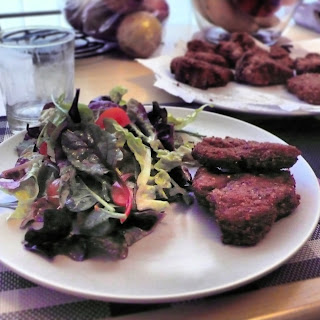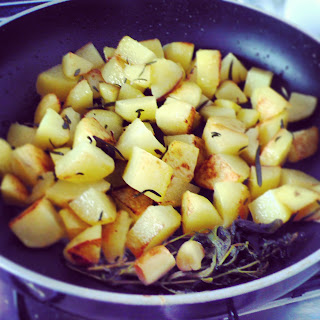"Stock cubes are handy, but making your own stock is as easy as it is rewarding. You will soon discover a whole new world of interlinked dishes, from ravioli in stock to risottos, from chicken salad to butternut squash cream... and many more..."
Ingredients
Ingredients can vary depending on what you want to achieve. Here I have listed the basic ingredients to make mostly vegetable based stock, which is the most versatile. Further below you will find any potential extras.
- 1 or 2 carrots
- 1 big onion
- a handful of parsley
- 1 or 2 celery sticks
- a spoon of rock salt
- 2 cloves
- 2 peppercorns
- a nut of butter
- a ripe tomato or a small squeeze of tomato puree
- a bay leaf
- water
Optional ingredients:
- a chicken breast
- any cheaper beef on the bone
- pumpkin or butternut squash
Tools
- 5 litres pot with lid
- good kitchen knife and chopping board
Preparation
- Peel, wash and chop in big chunks carrots, celery and onion (and tomato if you have one)
- Wash the parsley and cut off the part with no leaves, then chop twice the remainder
- Add all the ingredients to the pot - including meat and/or peeled pumpkin/butternut if you have it
- Pour cold water to fill up most of the pot
Cooking
- Put on high heat until it boils
- Reduce to minimum and let it simmer for about an hour
What now?
Well... usually I make stock to make risotto. I either make the risotto straight away or take half of it and put it in a pot and, once cold, pour the reminder in a plastic container with cover and freeze it for when I need it. With the boiled chicken you can make a
chicken salad or just add it shredded to a
simple salad. With the boiled pumpkin/butternut squash you can make a lovely cream to pour on toasted bread with olive oil. If you boiled meat in it, you can mix it all in a food processor and make meatballs to coat in breadcrumbs and deep fry. You can also simply take the stock, heat it up and boil ravioli in it.
Of course a stock with pumpkin will be great for a pumpkin risotto, whilst a meaty stock will suit better a sausage risotto, but usually a vegetable stock with or without a chicken breast, will do for most of the risottos you wish to make.
I will be adding all the recipes mentioned above in the weeks to come! Stay tuned!









